When characters in “The Crown” attend the opera, one can usually expect some pointed commentary on the fictionalized British royal family. The genre serves a plot device twice during the fourth season of the Netflix series, as Prince Charles and Diana visit the Royal Opera House at various stages in their troubled relationship (I’ve previously looked at the uses of classical music in seasons one, two and three of “The Crown”).
Episode Two: Diana as Violetta
In Episode Two of Season Four, Prince Charles and Lady Diana take in a performance of La Traviata, Verdi’s tragic tale of a young woman’s self-sacrifice and the hypocrisy of upper class society. Sound familiar? We see Charles and Diana seated in the royal box, awkwardly separated by her chaperone grandmother. Alone on stage, Violetta contemplates her budding romance with Alfredo in the Act One recitative, “È strano!” (how strange). She asks: Would Alfredo be the one for her, or “would a true love bring me misfortune?”
(The scene is reminiscent of a similar moment in Season One, when Queen Elizabeth and Prince Philip attend a ROH production of Wagner’s Tristan und Isolde. As the young Elizabeth was navigating her new role, Wagner’s tale about a king’s daughter caught between wifely and regal duties provided a dark bit of foreshadowing.)
The action then cuts to Charles and Diana leaving the theater. “You were very kind to have come,” says Charles.
“Oh, I loved it,” replies Diana. “I adore Verdi. He’s so… so romantic.”
“Yes,” Charles continues, before dampening the mood with a music history lecture. “But to focus simply on romance diminishes Verdi’s legacy and political influence. His music played such a key role in the Italian unification, too.”
“Gosh, really?” asks Diana.
The tidbit about Verdi pivots to a discussion about summer plans. Charles is already pumping the breaks on their emerging relationship. The episode ends with a quintessential “Crown” montage: In a conversation with his sister Anne, Charles reveals his misgivings about Diana. As he gazes out the window, La Traviata returns. This time, it’s the Prelude, in a recording by the Slovak Philharmonic, conducted by Henry Adolph.
The action cuts to Margaret Thatcher descending the stairs (nicely choreographed to a falling motif) and entering a room for a group photo with her all-male cabinet. We then see a deer’s head being mounted on a wall at Balmoral (a trophy from Diana’s outing with Philip), and finally, a close-up of Diana arriving at her London flat as paparazzi surround her on the sidewalk. Flashbulbs flicker and she flashes an enigmatic smile. Verdi’s darkly foreshadowing Prelude gives the moment an ominous cast.
In Episode Nine, Fidelio Meets Billy Joel
Opera returns in Episode Nine, when the now-married Charles and Diana attend a celebration at the Royal Opera House for his 37th birthday in 1985. (“The Crown” producers stage their grand entrance at London’s Lyceum Theatre; other scenes were apparently shot at the English National Opera.) They’ve come for an evening of arias and scenes, starting with Act I of Verdi’s Otello (the stormy ensemble “Una Vela!”).
Two other excerpts follow: a pas de deux from Tchaikovsky’s Swan Lake and the Act II Introduction to Beethoven’s Fidelio. In the latter scene, Florestan, a shackled prisoner, imagines that his loyal wife Leonore has come to free him from his cell. The camera lingers on the singer over the lines, “In the spring days of my life / Happiness deserted me! / Truth I dared to utter boldly / And the chains are my reward.”
“Back in a tick,” Diana whispers to Charles, who is clearly absorbed in the performance and annoyed that she isn’t too. “Powder my nose.”
Diana has scurried backstage to prepare her birthday surprise, a contemporary dance routine to Billy Joel’s “Uptown Girl.” (Wayne Sleep, Diana’s dance partner, recently told Vulture that the ROH audience didn’t quite believe it was her at first, but ended up giving them eight curtain calls.)
Season Four contains many other vivid musical moments, especially in the deployment of 1980’s pop songs. Episode Five (“Fagen”), about the Buckingham Palace intruder, features a particularly deft selection of ska (the English Beat’s “Stand Down Margaret” and the Specials’ “Monkey Man”), and post-punk and goth (Joy Division’s “Twenty Four Hours,” The Cure’s “Boys Don’t Cry”).
If there were any missed opportunities, opera fans might question the absence of Kiri Te Kanawa’s performance of Handel’s “Let the Bright Seraphim” at the wedding of Charles and Diana (a lavish event that would have been difficult to stage). Still, plans for a fifth season of “The Crown” are reportedly underway, and more needle-drops may be coming, whether it’s the arrival of Catrin Finch as the Official Harpist to the Prince of Wales or the wedding of Prince Harry and Meghan Markle, with its career-building performance by the cellist Sheku Kanneh-Mason.

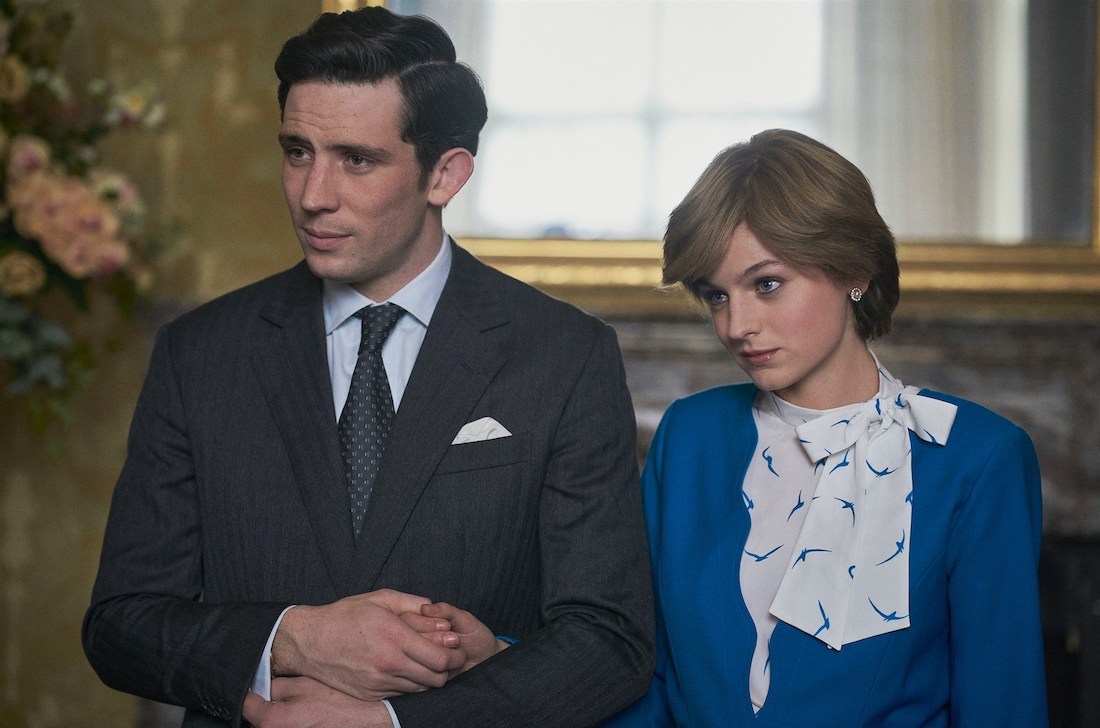
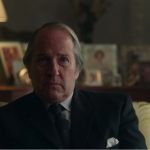
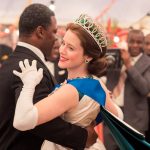
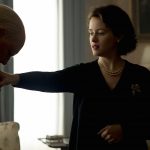
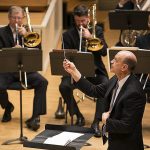


Leave a Reply